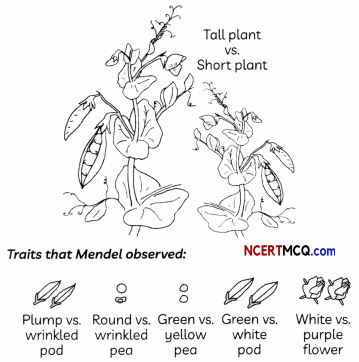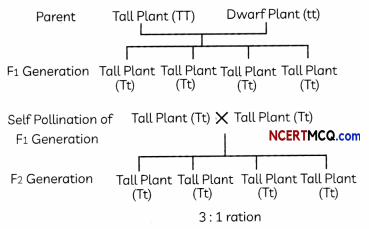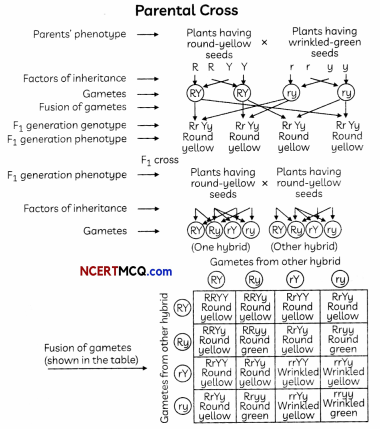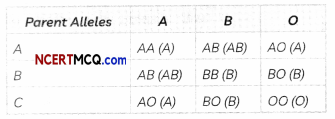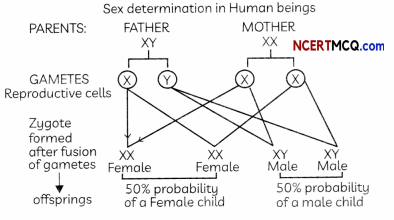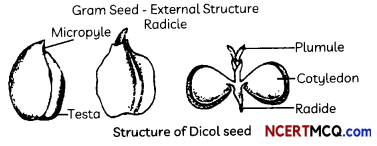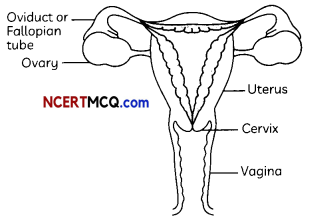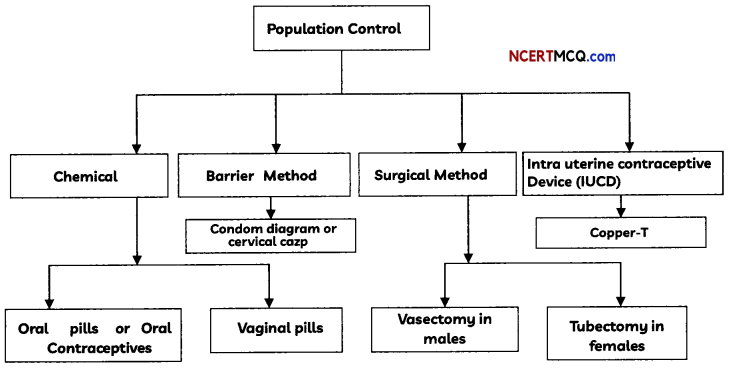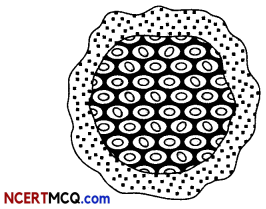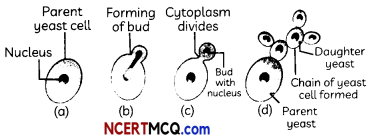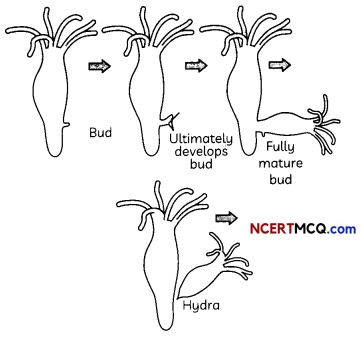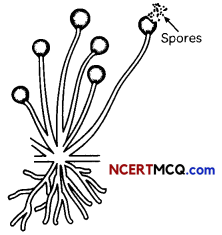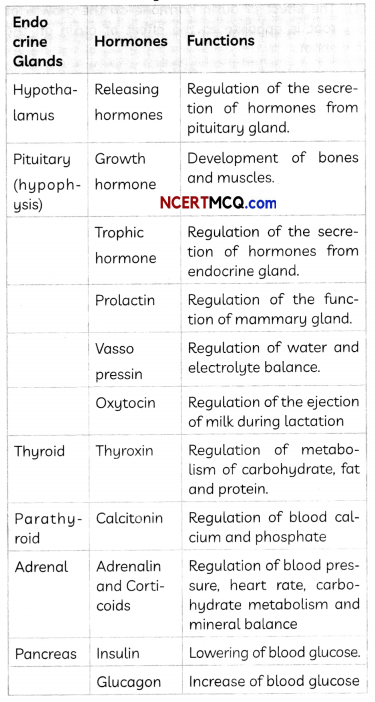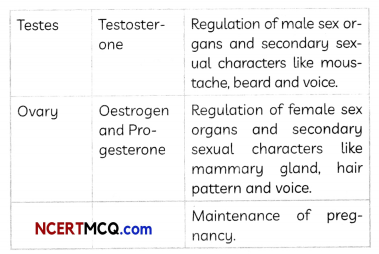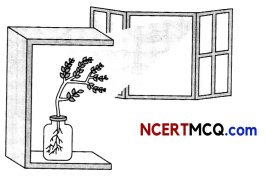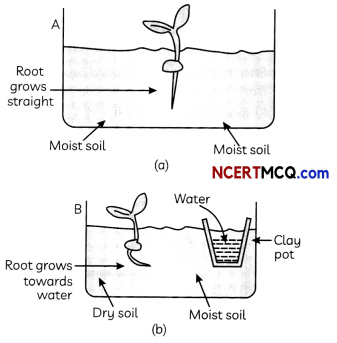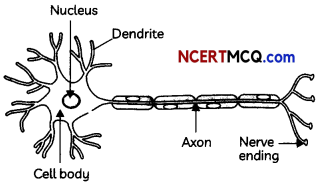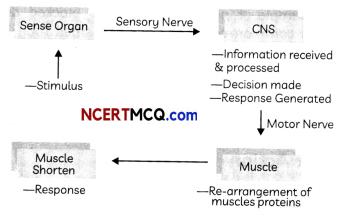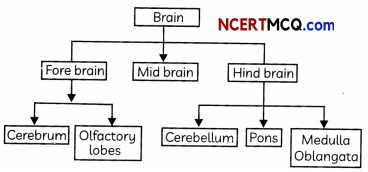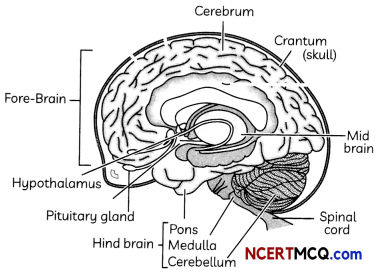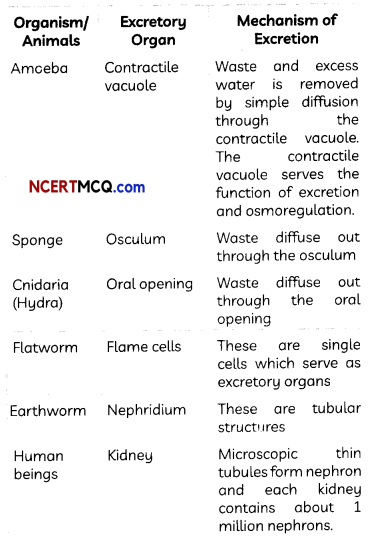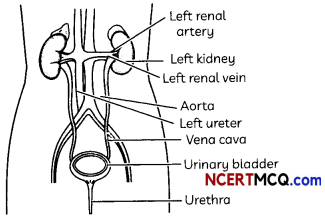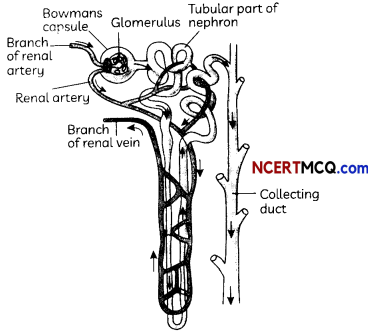Speciation
A species is a population of organisms consisting of similar individuals which can breed together and produce fertile offspring. The process by which new species develop from existing species is known as speciation.
The important factors which could lead to the rise of a new species are:
- The geographical isolation of a population caused by various types of barriers such as mountains, rivers etc
- Genetic drift caused by drastic changes in the frequencies of particular genes by chance alone.
- Variations caused in individuals due to natural selection.
There can be a number of ways by which this can happen.
- If the DNA changes are severe enough, such as a change in the number of chromosomes, eventually the germ cells of the two groups cannot fuse with each other.
- A new variation may emerge in which green females will not mate with red males, but only with green males. This allows very strong natural selection for greenness. Now, if such a green female beetle meets a red male from the other group, her behavior will ensure that there is no reproduction between them. Effectively, new species of beetles are being generated.
Some Important Terms
Genetic drift: Changes in the frequencies of alleles in a population that occur by chance, rather than because of natural selection.
Gene flow: The movement of genes into or through a population by interbreeding or by migration and interbreeding.
Geographical isolation: Two populations or individuals of the opposite sex are considered reproductively isolated from one another if they cannot together produce fertile offspring.
Natural selection: The differential survival and reproduction of classes of organisms that differ from one another in one or more usually heritable characteristics. Through this process, the forms of organisms in a population that are best adapted to their local environment increase in frequency relative to less well-adapted forms over a number of generations. This difference in survival and reproduction is not due to chance.
![]()
Example 1.
Will geographical isolation be a major factor in the speciation of a self-pollinating plant species? Why or why not?
Answer:
No, geographical isolation will not be a major factor in the speciation of a self-pollinating plant species as these plants receive pollen grains from the same flower or another flower on the same plant due to which new gene variants will not be introduced in the population and there will be no evolution of a new species. On the other hand, in cross pollinated species, when geographical isolation is there, accumulation of variations in traits will take place.
Example 2.
Will geographical isolation be a major factor in the speciation of an organism that reproduces asexually? Why or why not?
Answer:
No, asexual reproduction involves only one parent and hence there is very little variation over generations. As asexual reproduction is carried out within the same organism, resulting organism in next generation will have identical copies of DNA, so there will be very less genetic variant to be a cause of the speciation of an organism.
